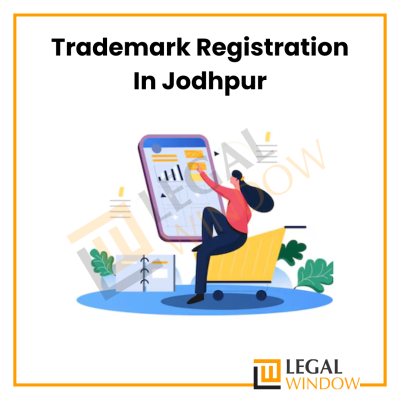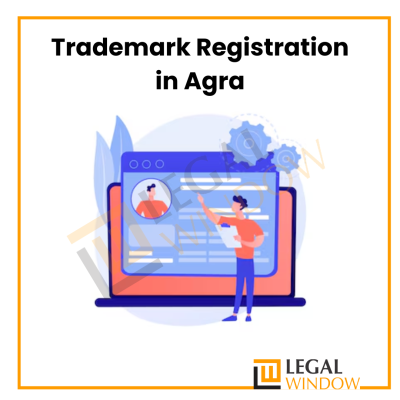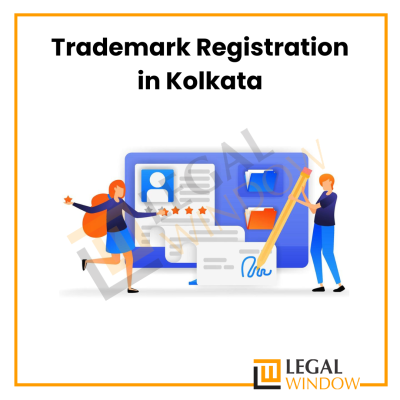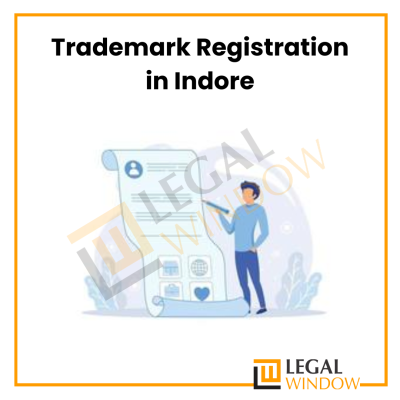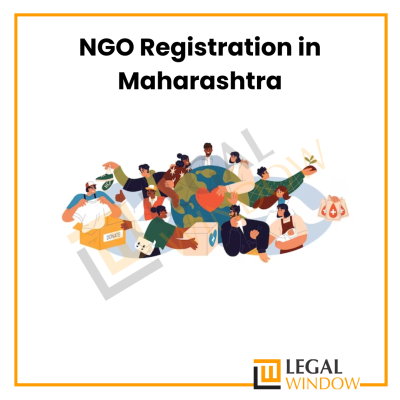Understanding Trademark Objection under Section 11
- April 15, 2024
- Trademark Registration/IPR
Any word, phrase, symbol, design, or combination of these used to identify the source of a product or service is considered a trademark. Before applying for trademark protection, it is important to understand the classification of your trademark so that you can submit your application with the appropriate name. The International Classification of Goods and Services is a reference for business registration. There is a total of 45 categories in the quality classification, including products from 1 to 34 and services from 35 to 45. The most important features of a trademark are unusual and deceptive. The trademark registration process is not an easy task. Registration rights may be challenged in various venues for commercial applications. This article reveals about the Trademark Objection under Section 11.
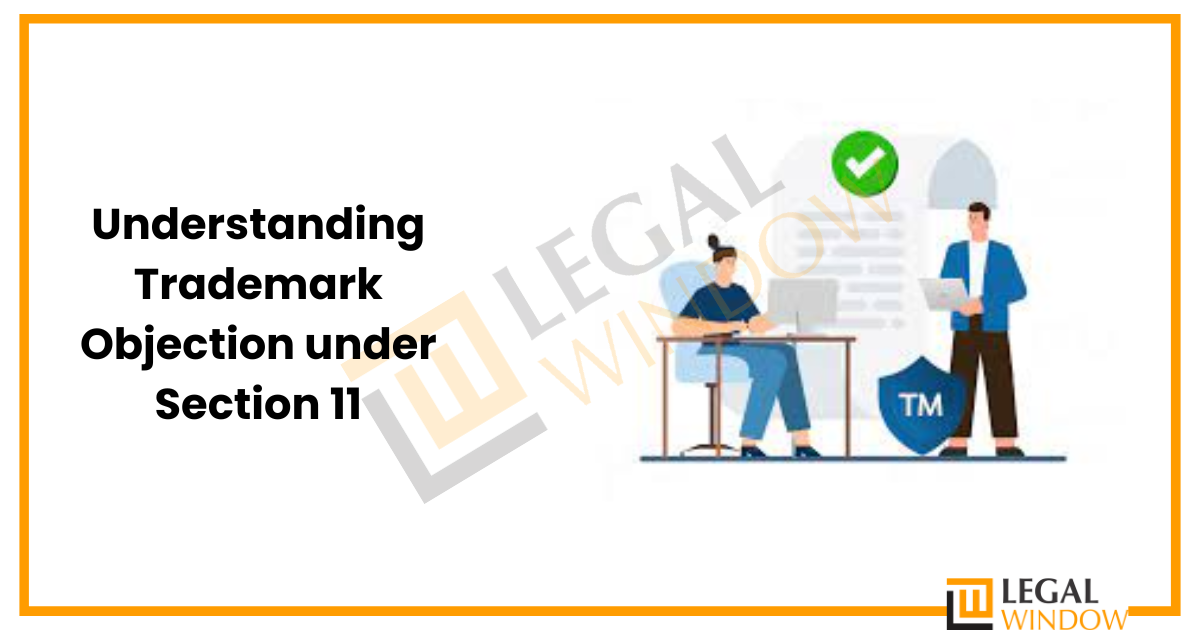
| Table of Content |
Reasons for Trademark Objection
Once a trademark application is submitted, if other criteria are met, the registration agency will review the application and issue a report. Check out some of the attacks. The proposed objection may be brought under Section 9 (Complaints) or Section 11 (Relative Grounds) of the Trademarks Act, 1999.
- Objection to Section 11:
Trademarks objection under Section 11 relates to the similarity between the application and the existing trademark.
- Identical trademark: For example, if “Sunshine” already exists, applying for “Sunshine” as a beverage product in the same category will lead to objection due to the same name.
- Similar content: “CandyLand” application for candy will be rejected due to similarity to “KandyLand” if “KandyLand” is already registered in the same domain may not be compatible with its trademark.
- Similar terms: The “TechSolutions” claim for a technology company may be confused with the existing “TechPro” trademark because they both suggest similar concepts.
Responding to Trademark Objections
The trademark application’s compliance with all applicable laws and regulations must be confirmed by the examiner. If not, a notification will be sent to the applicant, reminding them to reply within 30 days. The application will be denied in the event that the response falls short of the necessary requirements.
When to File Trademark Reply: Within 30 days following the receipt of the trademark objection, reply must be filed by giving references of all the case laws and preferably you can attach invoices, social media proof or any other proof which shows your presence in the market. Such additional documents make the case stronger. The Trademark Office then confirms the about the reply to trademark objection under Section 11.
The trademark objection reply Section 11 method consists of the following actions:
- Examine the trademark objection notice: It is crucial to understand both the text of the notification and the objections expressed by the trademark office.
- Create a search: You must conduct a comparable Trademark Search to establish the likelihood of the objection and to support your response.
- Write a draft of the response: The applicant must then produce a document that responds to all of the objections and is supported by facts and legal reasoning.
- Response Submission: Following that, you must send a response, along with the necessary supporting evidence, to the trademark registrar within the allotted time frame.
- Attend the Hearing: Should the Trademark Registrar be dissatisfied with the reply, there is an opportunity to hold a hearing to discuss the objection in more detail.
Required Documents for Filing a Trademark Objection Response
If you get a trademark objection notice, Section 11 of the Trademark Act, 1999 requires you to create a trademark objection reply and send it to the trademark registrar. Please include the following vital papers in your response:
- Response to examination report: In your written response to the Trademark objection notice, you should state the grounds for the objection a comprehensive defense of your trademark’s uniqueness in comparison to any currently registered or pending trademarks.
- Evidence of Previous Use: You must present documentation proving that you have used your trademark before the application date. Invoices, product labels, advertising materials, and any other documentation that supports your claim of first use are examples.
- Proof of distinctiveness: You have to demonstrate that customers find your trademark to be unique and valuable. Documentation of sales statistics, advertising expenses, and media attention are a few examples of this.
- Search Report: It’s crucial to look for similar trademarks before filing a trademark reply. A discovery report can help you find any possible conflicts, which you can subsequently address in your counter-statement.
- Power of Attorney: A power of attorney is required for the trademark attorney you are working with to represent you.
Conclusion
In India, the answer to an office action or trademark examination reply is known as a trademark objection reply. If a reply to an objection is not filed within 30 days of obtaining the trademark examination report, the Trademark Registry considers the trademark application abandoned.
CS Urvashi Jain is an associate member of the Institute of Company Secretaries of India. Her expertise, inter-alia, is in regulatory approvals, licenses, registrations for any organization set up in India. She posse’s good exposure to compliance management system, legal due diligence, drafting and vetting of various legal agreements. She has good command in drafting manuals, blogs, guides, interpretations and providing opinions on the different core areas of companies act, intellectual properties and taxation.
Categories
- Agreement Drafting (23)
- Annual Compliance (12)
- Change in Business (37)
- Company Law (149)
- Compliance (90)
- Digital Banking (3)
- Drug License (3)
- FEMA (17)
- Finance Company (42)
- Foreign Taxation (9)
- FSSAI License/Registration (14)
- GST (122)
- Hallmark Registration (1)
- Income Tax (207)
- Latest News (34)
- Miscellaneous (169)
- NBFC Registration (8)
- NGO (18)
- SEBI Registration (6)
- Section 8 Company (10)
- Start and manage a business (26)
- Startup/ Registration (133)
- Trademark Registration/IPR (48)
Recent Posts
- NGO Registration in West Bengal July 29, 2024
- Trademark Registration In Jodhpur July 22, 2024
- Trademark Registration in Agra July 15, 2024
About us
LegalWindow.in is a professional technology driven platform of multidisciplined experts like CA/CS/Lawyers spanning with an aim to provide concrete solution to individuals, start-ups and other business organisation by maximising their growth at an affordable cost.


